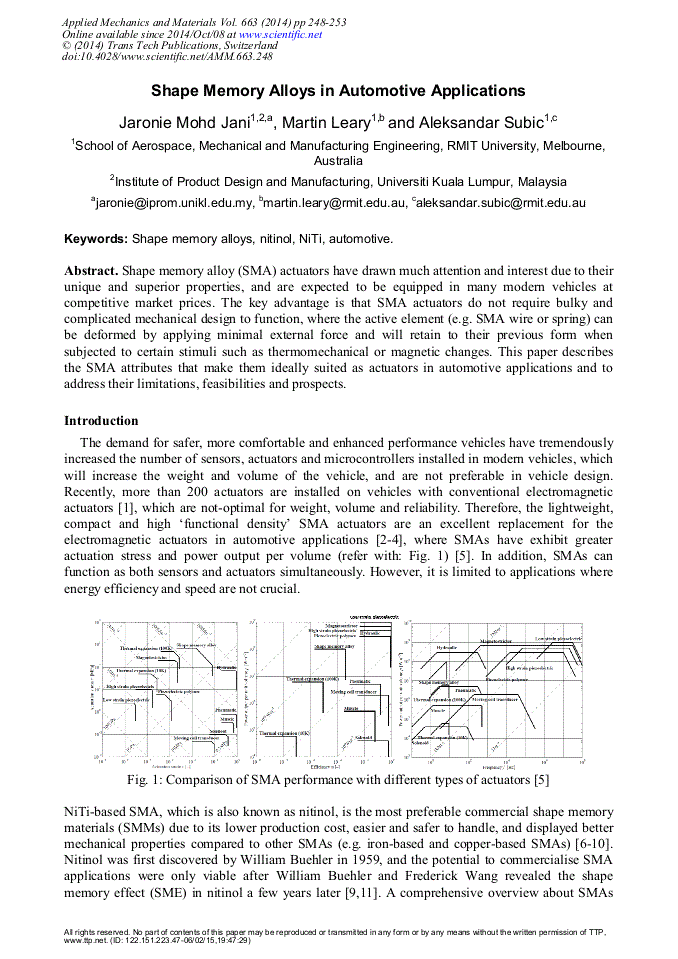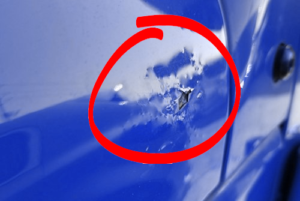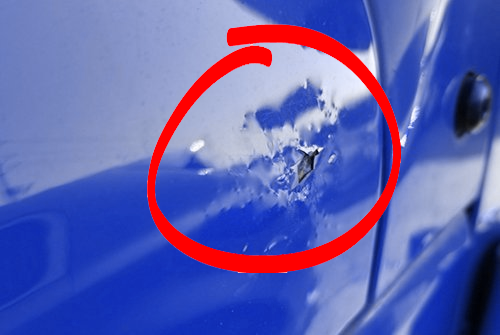Does Paintless Dent Repair Reduce Vehicle Value?
There is a lot of chatter when it comes to Paintless Dent Repair, it’s effectiveness, and the question if PDR will lower the resale value of a vehicle. If you live in Texas or Colorado, hail dent removal is a commonality and some vehicle owners have not only had their dents removed with Paintless Dent Removal once but a few times.
In this article, we will explore the different dent repair techniques available for vehicle owners and dive deeper into the question of vehicle degradation depending on the technique used.
What is Paintless Dent Repair?
Paintless Dent Repair is a technique all it’s own. When your vehicle is dented, what comes to mind when you are brainstorming where you would take your vehicle to get small these dents or dings removed? Most would associate this repair with a body shop. Makes sense. If there is a cosmetic defect with a vehicle, you take it to an auto body repair shop. You would not be incorrect but there is an area of expertise between mechanical repairs & body repairs.
Body shops are the place to go when you have body damage that involves metal creasing, crinkling or folding, paint chipping or scratching, rusting, broken side mirrors, and panel replacement.
In that grey area between mechanical repairs & severe body damage are Paintless Dent Repair. Paintless Dent Repair, or sometimes called Paintless Dent Removal, is reserved for the door dings, hail dents, and any body damage that has not fractured the paint. PDR is really more of restoration process that returns a vehicle’s body back to its original condition.
Molecular Memory or Shape-Memory Alloy
Specially trained Paintless Dent Removal technicians use a variety of tools, most of which do not require electrical power, to carefully push, pull, and carefully manipulate the metal back to its original shape. The metal used to construct the panels for a vehicle have what is called a molecular memory. Once a panel has been shaped or molded and placed on the vehicle for sale, it basically holds a “memory” of its original shape and construct.
Shape memory alloy (SMA) actuators have drawn much attention and interest due to their unique and superior properties. The key advantage is that SMA actuators do not require bulky and complicated mechanical design to function, where the active element (e.g. SMA wire or spring) can be deformed by applying minimal external force and will retain to their previous form when subjected to certain stimuli such as thermomechanical or magnetic changes.
Read entire publication below or download here.

So back to the question of vehicle degradation if repaired with PDR is simple. No, Paintless Dent Repair – if done properly by a trained technician, will not lower the value or resale value of your vehicle. As we mentioned earlier in this article, the metal is literally restored to its original shape. This is why insurance companies prefer the PDR method for repairing hail damaged vehicles, door dings, and collisions that do not harm the integrity of the vehicles original paint application.
Sometimes, Its Not The Metal – It’s The PDR Technician
PDR Pushed Too Far

Think about it like this. To every dozen eggs, there is a chance a few might be broken. This is same when it comes to picking out your Paintless Dent Repair shop or technician. PDR technicians are not all the same. There is no official “certification” a technician can get that will assure you that they are not a “broken egg.”
PDR is can be categorized as more of an art form. A PDR technicians greatest tool is their experience, finesse, attention to detail, and craftsmanship. If a technician is weak in one of these areas the result has the potential to be a costly mistake. Metal does have a memory but there are some circumstances where metal memory can be distorted. If an unexperienced technician pushes the metal PAST its original form, the molecules are distorted and the “memory” is lost.
The result can cause the metal to stretch and cause extrusions in the vehicle panel. When this happens, the mistake can only be repaired using the traditional body shop method.
